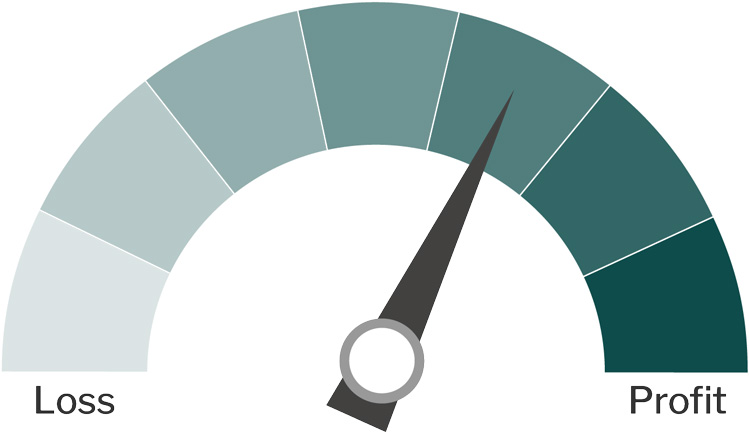|
Click to listen to this article
|
Wet conditions slowed early onion development in the Northwest, but summer heat should help onions bulk up. Strong demand and prices for onions were offset by increases in production costs.
Industry drivers
Wet spring conditions delayed Northwest planting, but July heat should assist with onion growth
In Idaho and Malheur County, Oregon, a wet, cold spring delayed planting and crop development. In a rare occurrence, the Treasure Valley received snow in Mid-April leading to wet conditions that delayed planting. By early May most acres were planted with only isolated incidents of hail and wind damage. Anecdotal reports indicate onions are about two weeks behind normal growth; however, growers are optimistic that warmer weather in late June and July will allow onion development to catch up. Irrigation districts have increased water allotments this year which will benefit onion growers.
In Washington’s Columbia Basin and Oregon’s Umatilla Basin, onion crop growth was also delayed by cold weather. Summertime heat is an important factor in bulking up onions. The National Weather Service forecasting models predict an 80% chance that weather will shift to El Nino conditions, bringing drier and warmer weather to the Northwest this summer. The warmer summer days anticipated in July will create ideal conditions for onion growth, and onions should be ready to ship in early August.
Sustained strong prices not enough to fully offset production cost increases
All sheds in the Northwest completed packing out 2022-23 onions and no onion prices have been reported for the region since May 15. Prices for 2022-23 season onions softened throughout the marketing year. Competition amongst packing sheds caused prices to soften between September and January. Producers hoped prices would remain steady after settling at $14-$15 per 50-lb. sack for jumbo yellows. However, increased competition from an early and large Mexican crop injected volatility into the market, placing downward price pressure on Northwest onion prices. Since Mid-January, onion prices have declined. Idaho packing sheds finished shipments in Mid-April which benefited prices during the tail end of Washington’s Columbia Basin and Oregon’s Umatilla Basin shipping prices.
Rising operational costs and inflation have largely offset much of the profit potential from 2022-23 favorable prices. Prices for the 2022-23 crop were not as strong as the year before. However, Northwest jumbo onions sold for over $10 per 50-lb. sack from September 2021 until late March 2023, more than $3 higher than prices in 2020. During the 2022-23 growing season, nearly every expense category (seed, fertilizer, irrigation, machinery, labor and fuel) increased, squeezing profit margins. For the 2023-24 crop, production cost remains a mixed bag (see Crop Input Snapshot). Fuel and fertilizer expenses are forecasted to be lower than record 2022 prices and transportation issues are mostly resolved. However, onion prices will largely depend on market conditions and onion quality.
Washington, Oregon and Idaho Jumbo Onion Prices

*Jumbo prices typically range within a few dollars, the average of the ‘mostly’ price is reported.
Profitability
Decreases in production costs and more trucking availability will support onion growers’ profits. In 2022, producers faced high production costs but were still able to make a profit. This year, lower production will benefit producers, with growing and market conditions playing a large role in prices for 2023 onions. A factor that could influence Northwest onion prices would be overlap between the start of the Northwest’s shipping season and the end of California’s season. Cold weather delayed Imperial Valley and Central Valley California onions by about 10 days and impacted sizing. However, concerns about this potential overlap have dissipated as the summer heat has kept shipping areas within their normal production timelines.
Download the onion market snapshot
SOURCE: AGWEST FARM CREDIT

